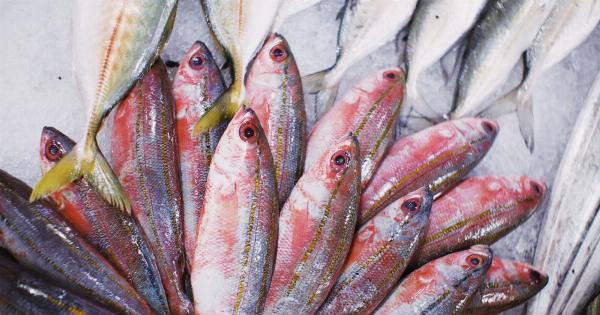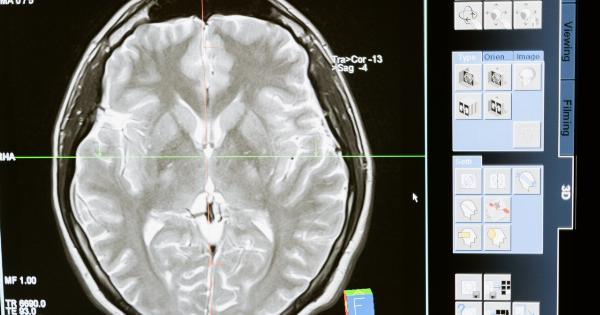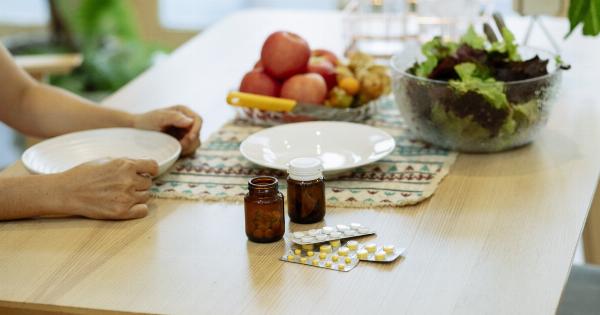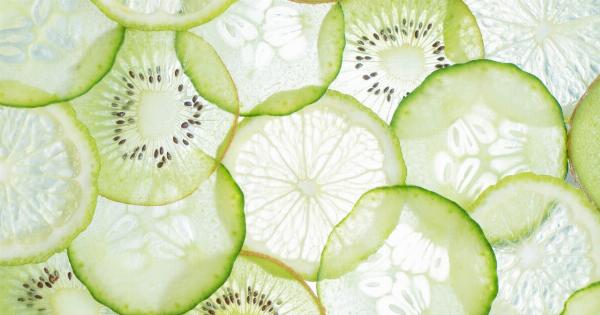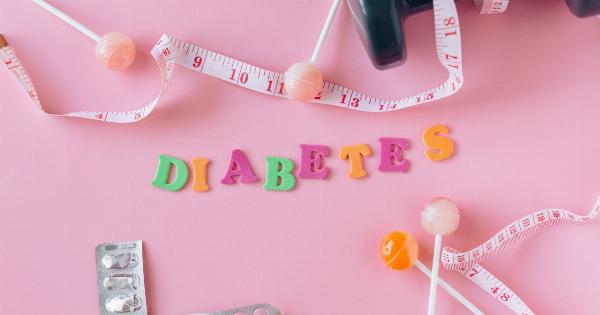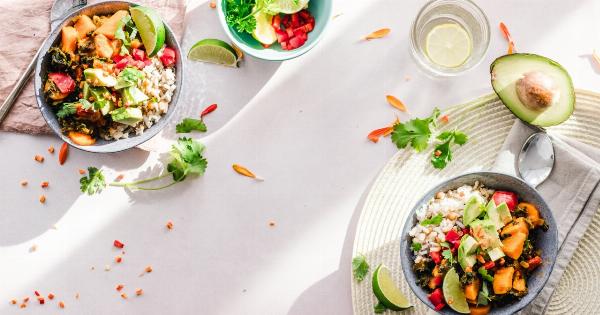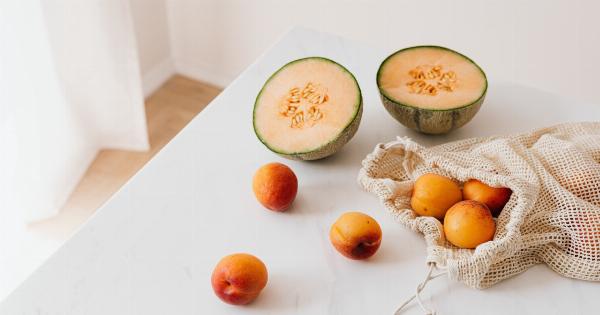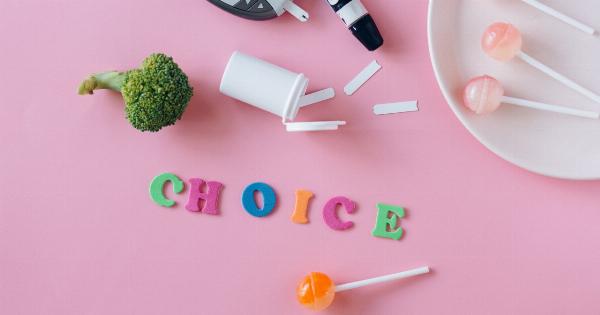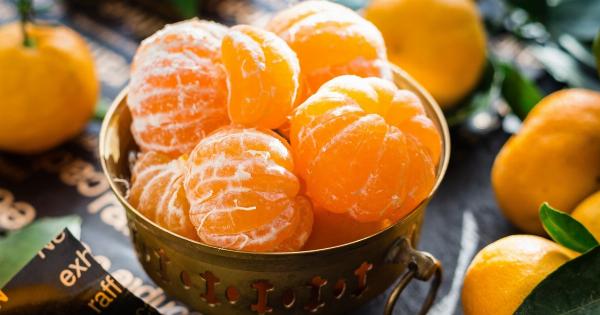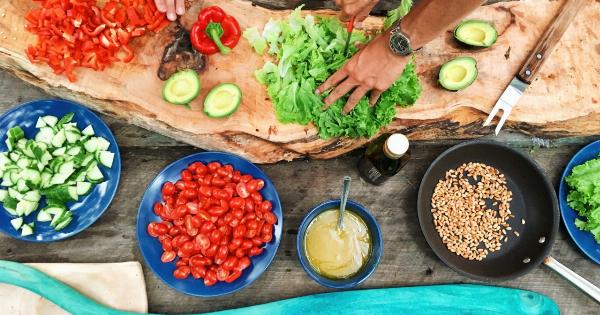According to the World Health Organization, stroke is the second leading cause of death globally, causing 11% of all deaths. Stroke occurs when blood flow to an area of the brain is interrupted, resulting in damage to brain cells.
There are two types of stroke: ischemic and hemorrhagic. Ischemic stroke is caused by a blood clot that blocks blood flow to the brain, while hemorrhagic stroke is caused by bleeding in the brain.
While there are risk factors for stroke that cannot be controlled, such as age and family history, there are also modifiable risk factors that can be managed with lifestyle changes, such as maintaining a healthy diet.
What is a Healthy Diet?
A healthy diet is one that is balanced and provides the necessary nutrients for the body to function properly. This includes consuming a variety of fruits, vegetables, whole grains, lean proteins, and healthy fats.
It is also important to limit the intake of processed foods, added sugars, and unhealthy fats. A healthy diet can help maintain a healthy weight, lower cholesterol levels, and reduce the risk of chronic diseases, including stroke.
How a Healthy Diet Can Prevent Stroke
A healthy diet can help prevent stroke by reducing the risk factors associated with the condition. One of the primary risk factors for stroke is high blood pressure.
A diet that is high in sodium, unhealthy fats, and processed foods can lead to high blood pressure, which in turn increases the risk of stroke. On the other hand, a diet that is rich in fruits, vegetables, whole grains, and lean proteins can help lower blood pressure and reduce the risk of stroke.
Specific Foods and Nutrients to Include in a Stroke Prevention Diet
The following foods and nutrients have been shown to be beneficial in preventing stroke:.
- Fruits and Vegetables: These foods are high in antioxidants, which can help reduce inflammation and support cardiovascular health. Aim for at least 5 servings of fruits and vegetables per day.
- Whole Grains: Whole grains are a good source of fiber, which can help lower cholesterol levels and reduce the risk of heart disease and stroke. Choose whole grain bread, pasta, and rice over refined grains.
- Healthy Fats: Omega-3 fatty acids found in fatty fish, nuts, and seeds can help reduce inflammation and support cardiovascular health. Limit intake of unhealthy fats, such as trans fats and saturated fats.
- Lean Proteins: Choose lean proteins, such as skinless chicken, turkey, fish, beans, and lentils. Limit intake of red and processed meats.
- Nuts and Seeds: Nuts and seeds are a good source of healthy fats, fiber, and protein. Choose unsalted varieties.
Specific Foods and Nutrients to Avoid in a Stroke Prevention Diet
The following foods and nutrients should be limited or avoided in a stroke prevention diet:.
- Sodium: Aim to consume less than 2,300 milligrams of sodium per day. Limit intake of processed and packaged foods, which are often high in sodium.
- Added Sugars: Limit intake of added sugars, which can contribute to inflammation and lead to weight gain. Choose foods and drinks that are low in added sugars.
- Unhealthy Fats: Limit intake of unhealthy fats, such as trans fats and saturated fats. These can increase cholesterol levels and contribute to heart disease and stroke.
- Alcohol: Excessive alcohol consumption can increase blood pressure and increase the risk of stroke. Limit alcohol intake to no more than one drink per day for women and two drinks per day for men.
Conclusion
A healthy diet is an important component of stroke prevention. By incorporating a variety of fruits, vegetables, whole grains, lean proteins, and healthy fats into your diet, you can reduce your risk of stroke and support overall cardiovascular health.
Limiting intake of sodium, added sugars, unhealthy fats, and alcohol can also help prevent stroke.



